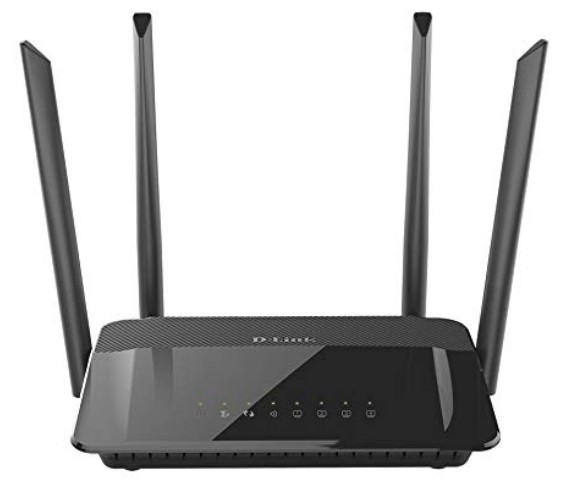
Power Needs: Most won't need it, but certain devices can get power over Ethernet if your switch supports it.

If going this route, you’ll also want to make sure your router is compatible with VLANs - a non-bridged setup using Amazon’s eero mesh routers, for instance, makes VLANs unusable. Managed network switches are more secure and can monitor traffic for troubleshooting purposes or separate chunks of your network into their own virtual local area networks, or VLAN. This doesn’t mean the switch has no features - unmanaged switches can often do plenty of fancy things, from traffic prioritizing QoS to loop detection. Managed or Unmanaged: If you just need to get wired internet access to a few devices, then you’ll want an unmanaged network switch, which we recommend for most users. Number of Ports: You can get anywhere from four all the way up to 48 or more Ethernet ports. When looking for the best network switches, consider: Why you can trust Tom's Hardware Our expert reviewers spend hours testing and comparing products and services so you can choose the best for you. Like the Ethernet hubs that came before them, one of the best network switches can add several ports to your network, letting you plug in more devices to your network than would otherwise be possible using the router's limited number of built-in ports. Not only that, they can also spread out some of the load on your network, freeing your router up to carry out its primary mission of getting internet service to all the wireless devices on your network that need it. But with most mainstream routers only offering just four Ethernet ports - or sometimes fewer - the best network switches step in to fill the gap, giving you more ports to plug your wired devices into.

For much more on this, see our how-to choose a gaming router feature.Ĭonversely, a good wired connection can cut out these and other shortcomings of an over-the-air signal, while providing faster speeds and a reliable, stable connection.

Protocol compatibility, interference, signal-obliterating wall materials, or even poorly-designed radios and antennas can slow a speedy gigabit connection to a comparative crawl. But a wireless connection introduces several variables.


 0 kommentar(er)
0 kommentar(er)
